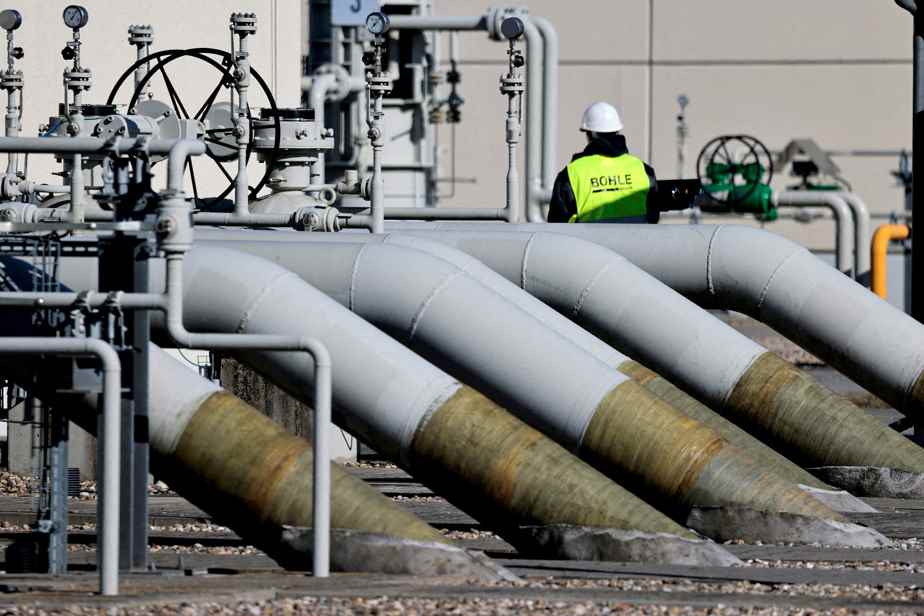(LONDON) Oil prices climbed again on Wednesday, after rebounding the day before, as concerns over supply shortages and energy security after Nord Stream gas pipeline leaks took precedence over fears of recession.
Posted yesterday at 12:47 p.m.
Around 4:25 p.m. GMT (6:25 p.m. in Paris), a barrel of Brent from the North Sea for delivery in November climbed 3.15%, to 88.99 dollars.
The barrel of American West Texas Intermediate (WTI) for delivery the same month rose 3.96% to 81.61 dollars.
The Dutch TTF futures contract, a benchmark for natural gas in Europe, was still rising sharply on Wednesday by around 10%, to 207,108 euros per megawatt hour (MWh) around 4 p.m. GMT.
On Monday, the two Nord Stream 1 and Nord Stream 2 gas pipelines linking Russia to Germany under the Baltic Sea were hit by three major leaks, preceded by underwater explosions, near a Danish island.
None of the pipelines were in service, with Germany suspending certification of Nord Stream 2 after the Russian invasion of Ukraine in February, and Russia having stopped supplying gas via Nord Stream 1 since the end of February. ‘august.
“Infrastructure damage has heightened energy security concerns,” UBS analysts said in a note.
The prices of crude oil and European natural gas then rebounded, following these incidents which the President of the European Commission, Ursula von der Leyen, described on Tuesday as acts of “sabotage”.
These leaks occurred at the same time as the inauguration of the Baltic Pipe gas pipeline, with a capacity of 10 billion m3 of gas per year, built to reduce the dependence of Europeans on Russian gas. At the start of the war, Russia supplied about 40% of European gas imports.
Another price support factor: commercial crude oil reserves fell slightly last week in the United States, according to figures released on Wednesday by the United States Energy Information Administration (EIA), as analysts waited a sharp rise.
Meanwhile, “weather-related outages in the United States have boosted buying pressures,” says Stephen Brennock of PVM Energy, as the Category 4 hurricane Ian was heading to the west coast of Florida on Wednesday where he is expected in the early afternoon local time.
“As a precaution, US offshore oil producers have halted production of at least 480,000 barrels per day, or about 30% of Gulf of Mexico crude oil supply,” Brennock said.
For Edward Moya, an analyst at Oanda, “given the current macro-geopolitical context” and the tensions on the offer, the crude could move again towards the 90 dollars a barrel.
